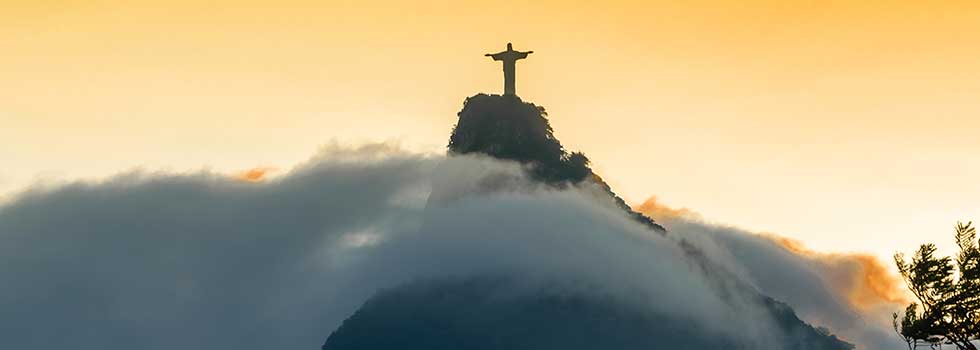
Brazilians often say they live in a continent rather than a country. It’s an excusable exaggeration. The landmass is bigger than the United States if you exclude Alaska. The journey from Recife in the east to the western border with Peru is longer than that from London to Moscow, and the distance between the northern and southern borders is about the same as that between New York and Los Angeles. One of the world’s most captivating places, Brazil is a country of powdery white-sand beaches, verdant rainforests and wild, rhythm-filled metropolises.
Brazil’s attractions extend from frozen-in-time colonial towns to otherworldly landscapes of red-rock canyons, thundering waterfalls and coral-fringed tropical islands. Add to that, Brazil’s biodiversity: legendary in scope, its diverse ecosystems boast the greatest collection of plant and animal species found anywhere on earth. There are countless places where you can spot iconic species in Brazil, including toucans, scarlet macaws, howler monkeys, capybaras, pink dolphins, sea turtles and thousands of other living species.
Brazil’s most famous celebration, Carnaval, storms through the country’s cities and towns with hip-shaking samba and frevo, dazzling costumes and parties that last until sun up, but Brazilians hardly limit their revelry to a few weeks of the year. Festas (festivals) happen throughout the year and provide a window into Brazil’s incredible diversity. The streets are carpeted with flowers during Ouro Preto’s Semana Santa (Holy Week), while in the north, Bumba Meu Boi blends indigenous, African and Portuguese folklore. For a taste of the old world, hit Blumenau’s beer- and schnitzel-loving Oktoberfest, the largest outside of Germany. Several cities, such as Recife, Fortaleza and Natal even host Carnaval at other times of the year.
